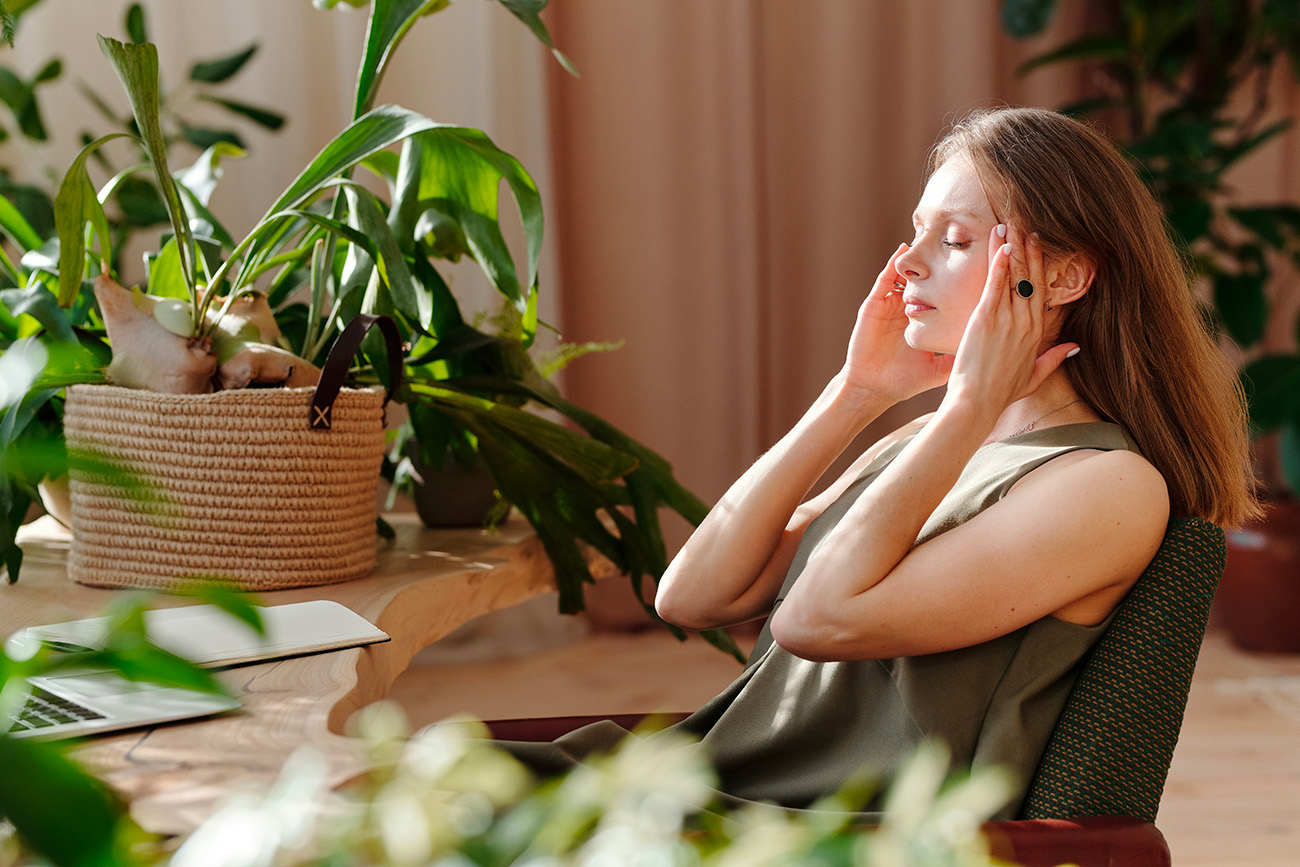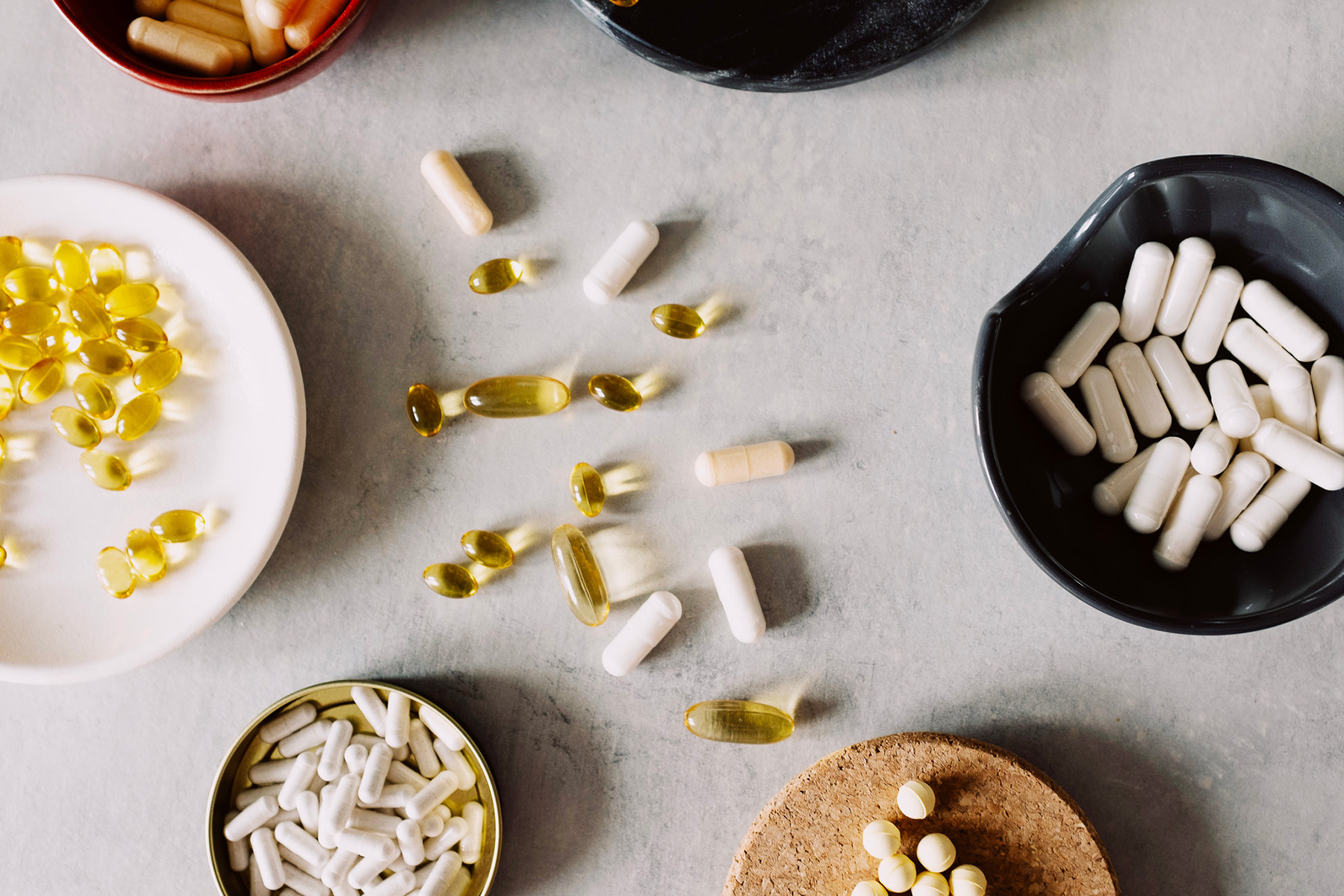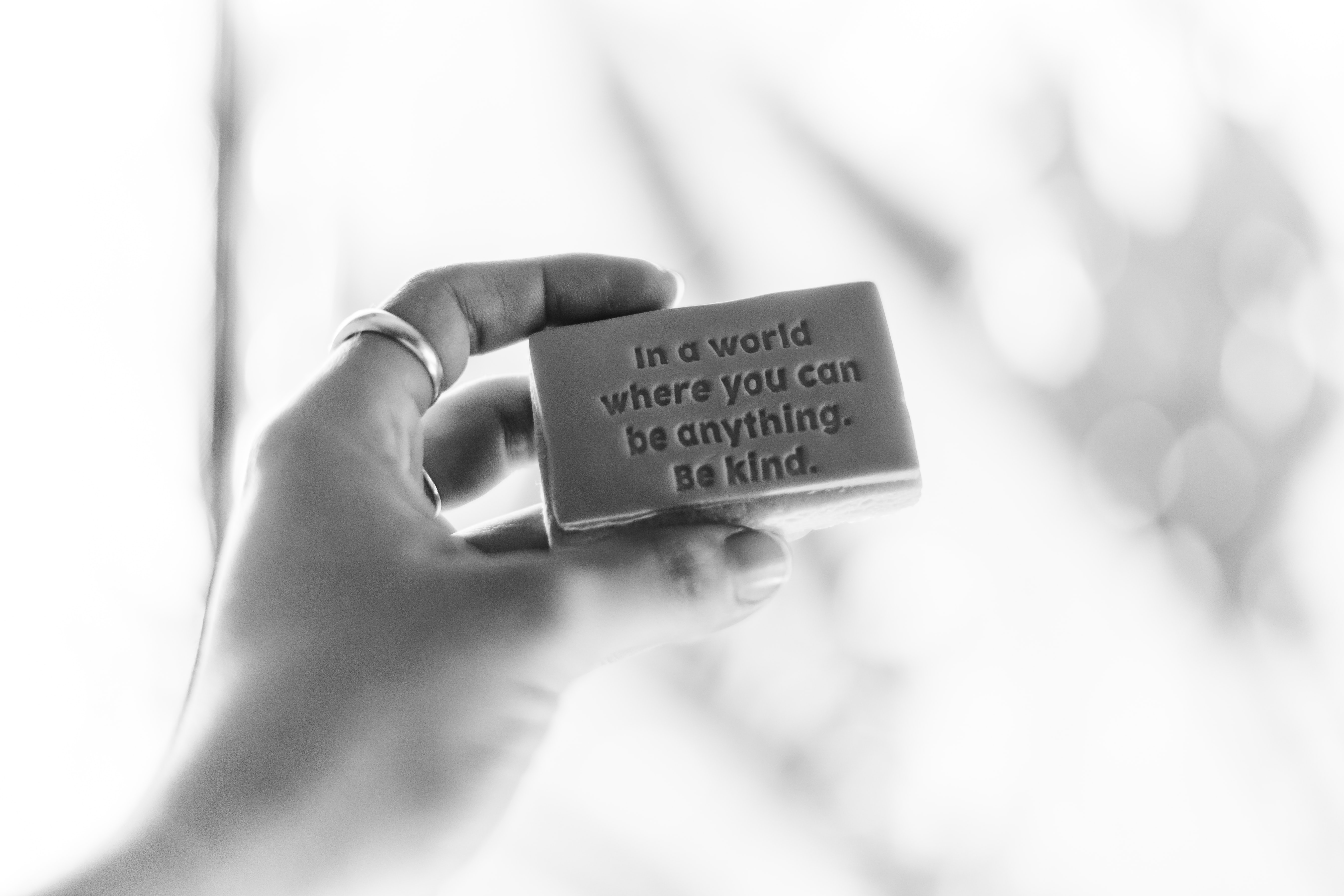Mental resilience
3-minute reading What will you learn in this article? Four tips on how to proceed when developin...
Humans adapt very easily, to anything. The ability to adapt is part of our survival strategy. This p...
The dark realm of headaches Practical defence against the dark arts of headache and migraine. Oh...
Yes, there are! They are called neurotropic vitamins. What are vitamins? Vitamins are a group of o...
Scientists studied the effects of sauna bathing on human physiology, and the results show that therm...
A 15-second breathing technique for an instant relief from acute stress. (2-minute reading) Elev...
This article is a reaction to the current situation in the world, which is accompanied by elevated s...
The mind’s emergency preparedness for stressful and dangerous situations. “Panic is approaching,&...
Link to our free online meditation in czech language is here Metta is a Buddhist meditation practic...





.png)

-1.png)
